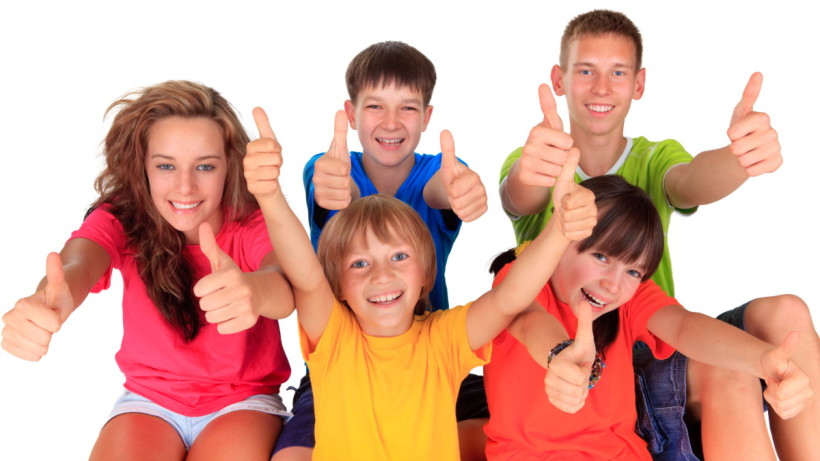
Child Abuse
What consists of abuse towards children, teenagers or adolescents?
- Sexual Abuse
- Physical Abuse
- Neglect
- Psychological Abuse / Emotional Abuse
- Noticing Signs of Abuse
Sexual Abuse
In the UK child or teenage sexual abuse is totally illegal and covers the following sexual activities including:
- Inappropriately sexually touching a child or teenager, whether unclothed or clothed.
- Viewing, taking, downloading or passing sexual images of children or teenagers.
- Grooming a child to undertake and perform sex acts, in front of a camera/webcam/phone camera.
- Not protecting a child from directly witnessing or seeing images of any sexual activity.
- Any type of sexual activity witnessed by a child or seeing pornography.
Any child or adolescent may be abused sexually, but they are some proven factors which heighten the risk. If children have already experienced some kind of abuse, they are more vulnerable for that to lead onto sexual abuse. Children or teenagers, within families, of child neglect, for example, are much more at risk of sexual abuse. Disabled children are three times more likely to be victims of sexual abuse, also if they have difficulty with speech or language.
People who abuse children or teenagers sexually, could be adults, a child themselves, or an adolescent (teenager). The vast majority of sexual abusers are male, but sometimes females abuse victims too. Nine out of ten children, definitely know already, or are related to their abuser. Eight out of ten of sexual abuse occurs in the child’s home or the abuser’s home. Boys are usually abused outside the home e.g. football clubs, karate clubs, sports clubs, parks, gyms, scouts, cadets, etc.
The more surprising and disturbing fact is that to everyone outside of the abuse, the abuser appears totally normal, engaging, charming, friendly, supportive, protective, harmless and trustworthy. The first step the abuser takes is to single out the child or teenager for very special treatment, e.g. giving gifts, outings and treats. Also the abuser finds opportunities to be alone with the victim. The overall terminology for this is called ‘Grooming’. Victims can also be at risk by the internet for example, social media, chat rooms, web forums etc.
Physical Abuse
If a child or teenager receives any type of violence this is definitely within physical abuse. For example: pushing hard, slapping, punching, burning with cigarette or other, being bitten, thrown around, kicked, anything that inflicts any pain or fear upon the child or teenager. It is not important whether the abuser considers the abuse to be hurtful, fearful, painful or serious, the importance is that the abused feels that they are being hurt, they are in fear, in pain or they feel the abuser was being serious. Levels of abuse and intentions of abuse can very rapidly escalate and increase in levels of harm, pain and neglect. For example: an abuser may lock a child in a cupboard because they are crying or needing food or attention or love. It may start off as a 15 minute ‘punishment’, but within a matter of a week it escalates up to being locked up for one or two days, with no toilet, no food or water, etc. Overall it is also dangerous long term, due to the fears and traumatic emotional scars inflicted on the child or teenager.
Neglect
This can be any situation where the parents, relatives, or carers, do not supply the basic needs of the child or teenager. It could start with, leaving them totally alone, when they are too young or too vulnerable. Neglect can also be leaving the victim with sisters or brothers or half-sisters or half-brothers, who themselves are too young to cope. It can also be neglectful not caring for children and teenagers, when they are sick or hungry or thirsty, plus not providing warmth, cleanliness, clean clothes, nutritious regular food and fresh water. Neglect can also be failure to alert and attend health needs, such as GP, Opticians, Dentist, Hospital or School Nurse appointments. Further, neglect can be where parents or carers do not purchase and provide support to remove head lice.
Psychological Abuse / Emotional Abuse
This form of abuse can be one or more of the following: promising birthday or Christmas presents, then at the last minute saying ‘I haven’t got time’ or ‘I am too busy’ or ‘I need the money for fags or alcohol’. Also, one parent or carer may decide to try hard to ‘alienate’ the child or children against the other parent or carer. Another case, can be refusing permission at the very last minute for an outing or sleepover with the other parent or carer. Further form of psychological abuse could be not providing a child or teenager with clean clothes for an outing or sleepover. Finally, the abuser may Gaslight the child or teenager, claiming ‘you never said that’ or ‘I never said that’.
Noticing Signs of Abuse
Signs you may notice about your child are: changes in behaviour, avoiding the abuser, physical problems, giving clues, school problems, health problems, sexual inappropriate behaviour, being withdrawn and or separation anxiety, sleeping problems, bet wetting. Victims of sexual abuse are more likely suffer: depression, anxiety, eating disorders, PTSD (post-traumatic stress disorder), self-harm, drug and or alcohol mis-use, criminal behaviour, suicide attempts.
To report the abuse it needs the victim to discuss the abuse with someone e.g. parent, carer, police, school teacher, nurse, doctor, CAMHS therapist, private therapist. One of these needs to register the concern with social services. People often worry that the child will be taken away, but this is rare (unless they themselves are the abuser(s)). Social services take all steps possible to keep the family together, with constructive support. The NSPCC National Society for the Prevention of Cruelty to Children) free helpline 0808 800 5000, or you can email or by online form on the NSPCC website.